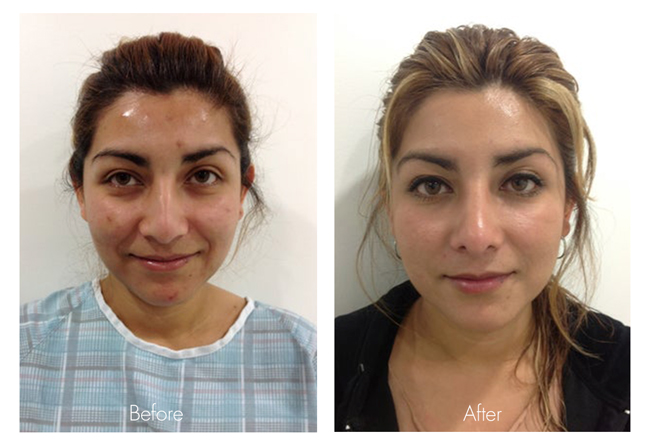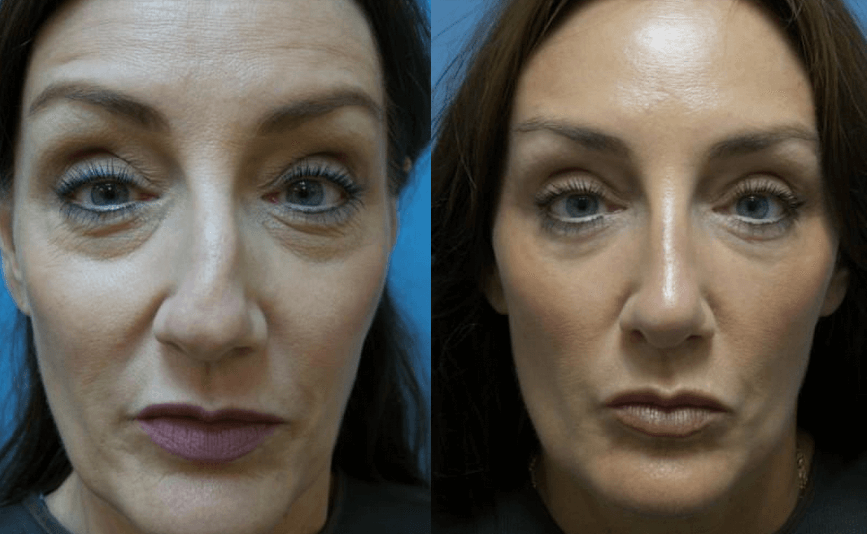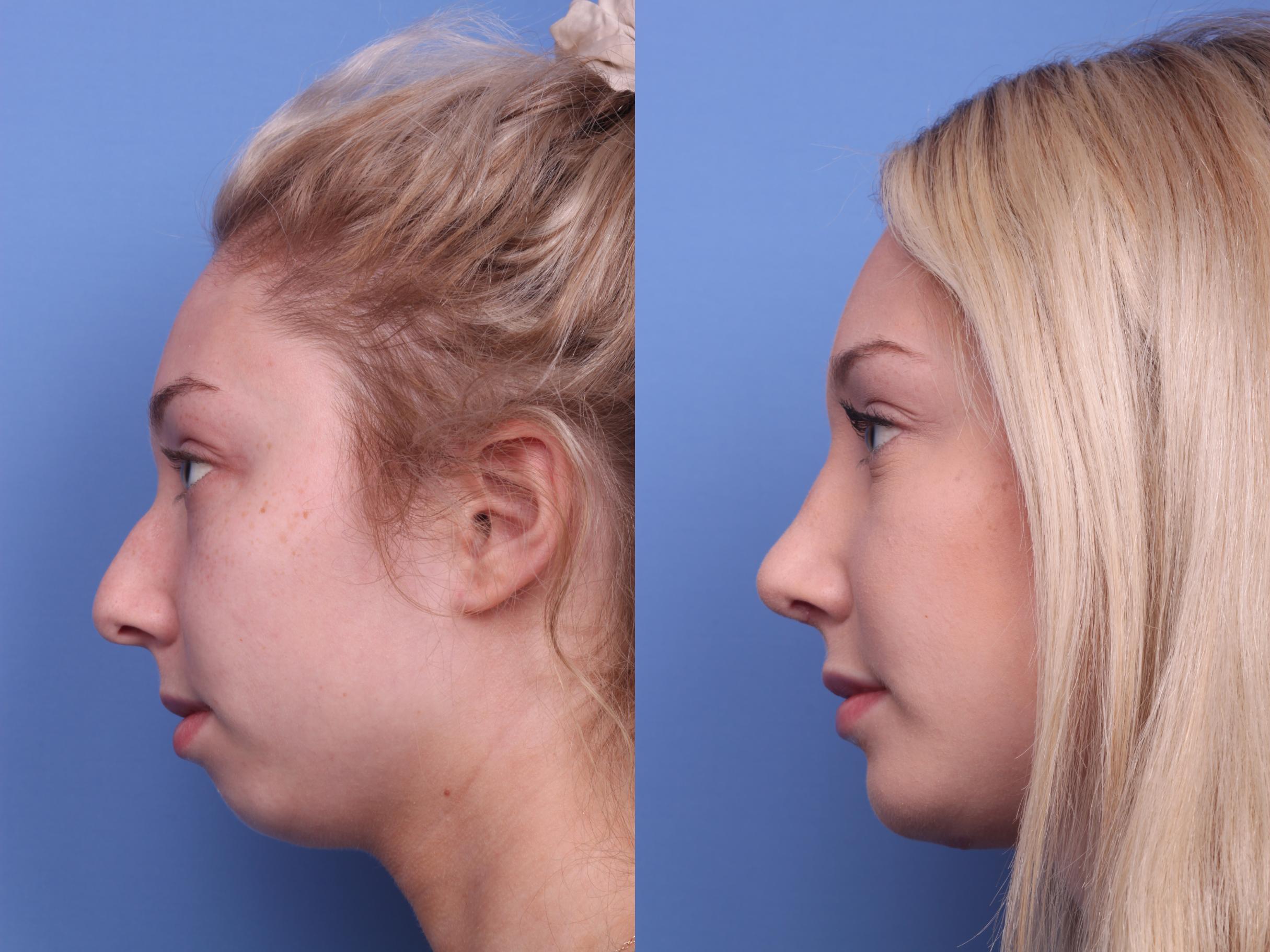Before delving into the cost of rhinoplasty, it is important to understand what the procedure involves. Rhinoplasty is a surgical procedure that involves reshaping the nose to improve its appearance and/or function. The procedure can be performed under local or general anesthesia and typically takes between one and three hours to complete. Depending on the complexity of the procedure, patients may be able to return home the same day or may require an overnight stay in the hospital.
Table of Contents
3. Factors that Affect Rhinoplasty Cost
The cost of rhinoplasty can vary greatly depending on a number of factors. Some of the most important factors to consider include the surgeon’s fees, anesthesia, facility fees, geographic location, the complexity of the procedure, and pre- and post-operative care.
Surgeon’s Fees
One of the most important factors that will affect the cost of rhinoplasty is the surgeon’s fees. Experienced, board-certified plastic surgeons with a great deal of expertise in rhinoplasty will typically charge more than less experienced or less qualified surgeons.
Anesthesia
The type of anesthesia used during the procedure will also affect the cost of rhinoplasty. Local anesthesia is typically less expensive than general anesthesia, which can add several thousand dollars to the cost of the procedure.
Facility Fees
The facility where the procedure is performed will also affect the cost of rhinoplasty. Surgical facilities that are equipped with the latest technology and staffed by highly qualified medical professionals will typically charge more than less advanced facilities.
Geographic Location
The cost of rhinoplasty can also vary depending on where the procedure is performed. Generally, larger cities and more affluent areas will have higher prices than smaller towns or less developed areas.
Complexity of the Procedure
The complexity of the rhinoplasty procedure will also affect the cost. For example, patients who require a significant amount of work on the nose or who have complex medical issues that need to be addressed may require more time in the operating room, which can drive up the cost of the procedure.
Pre- and Post-operative Care
Finally, the cost of rhinoplasty may also include pre- and post-operative care. This can include consultations with the surgeon, diagnostic tests, and follow-up appointments to monitor the patient’s progress.
4. Average Cost of Rhinoplasty
According to the American Society of Plastic Surgeons, the average cost of rhinoplasty in the United States is around $5,500. However, this figure can vary widely depending on the factors outlined above. In some cases, the cost of rhinoplasty can be as high as $15,000 or more.
5. Financing Options for Rhinoplasty
Given the high cost of rhinoplasty, many patients opt to finance the procedure through loans or payment plans. Some surgeons may also offer in-house financing options, which can be helpful for patients who are unable to obtain financing through other means.
6. How to Choose a Rhinoplasty Surgeon
Choosing a qualified, experienced rhinoplasty surgeon is crucial to achieving the best possible results and minimizing the risk of complications. Some key factors to consider when choosing a surgeon include their experience, qualifications, and patient reviews. Patients should also feel comfortable communicating openly with their surgeon and asking any questions they may have about the procedure.
Is rhinoplasty a painful procedure?
How long does it take to recover from rhinoplasty?
Can I wear glasses after rhinoplasty?
How long will the results of rhinoplasty last?
7. Conclusion
Rhinoplasty can be a highly effective way to improve the appearance and/or function of the nose. However, the cost of the procedure can be a major consideration for many patients. By understanding the factors that affect the cost of rhinoplasty, patients can make informed decisions about the procedure and choose a financing option that works best for their budget.
You May Also Like: What is Rhinoplasty Surgery: A Comprehensive Guide




